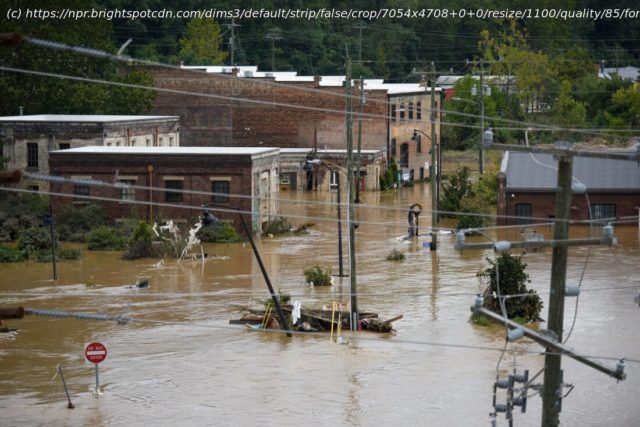Experts say the first thing is to make sure it’s safe to go back inside. Then you need to dry things out as fast as possible.
The biggest threat in a hurricane isn’t the wind, it’s the water. From the mountains of western North Carolina to the Florida coast, communities were inundated by torrential rain and flooding from Hurricane Helene.
There’s still another two months left in hurricane season. It helps to know that flooding from heavy rain can happen just about any time, anywhere, as climate change makes torrential downpours more common.
As the water recedes, the long, slow process of recovery begins. Here’s what you need to know to prepare for flood waters, and how to start picking up the pieces when the water’s gone.My house flooded. What should I do first?
The Federal Emergency Management Agency says the first thing you should do is check for things like damaged power and gas lines and cracks in the foundation to make sure it’s safe to go inside.
If it is, and there’s no standing water in the house, go to the circuit breaker box and turn off the electricity. If you smell natural gas or propane, or hear a hissing sound, FEMA says to contact the fire department immediately. And put distance between you and the house.
Then you’ll want to check to see how high the water rose. If it got above your house’s electrical sockets, you should call an electrician to make sure the system is safe to use, says Brad Hubbard, president of National Flood Experts, an engineering firm.
“You don’t want to, obviously, put live electricity through a wet situation,” Hubbard says.






